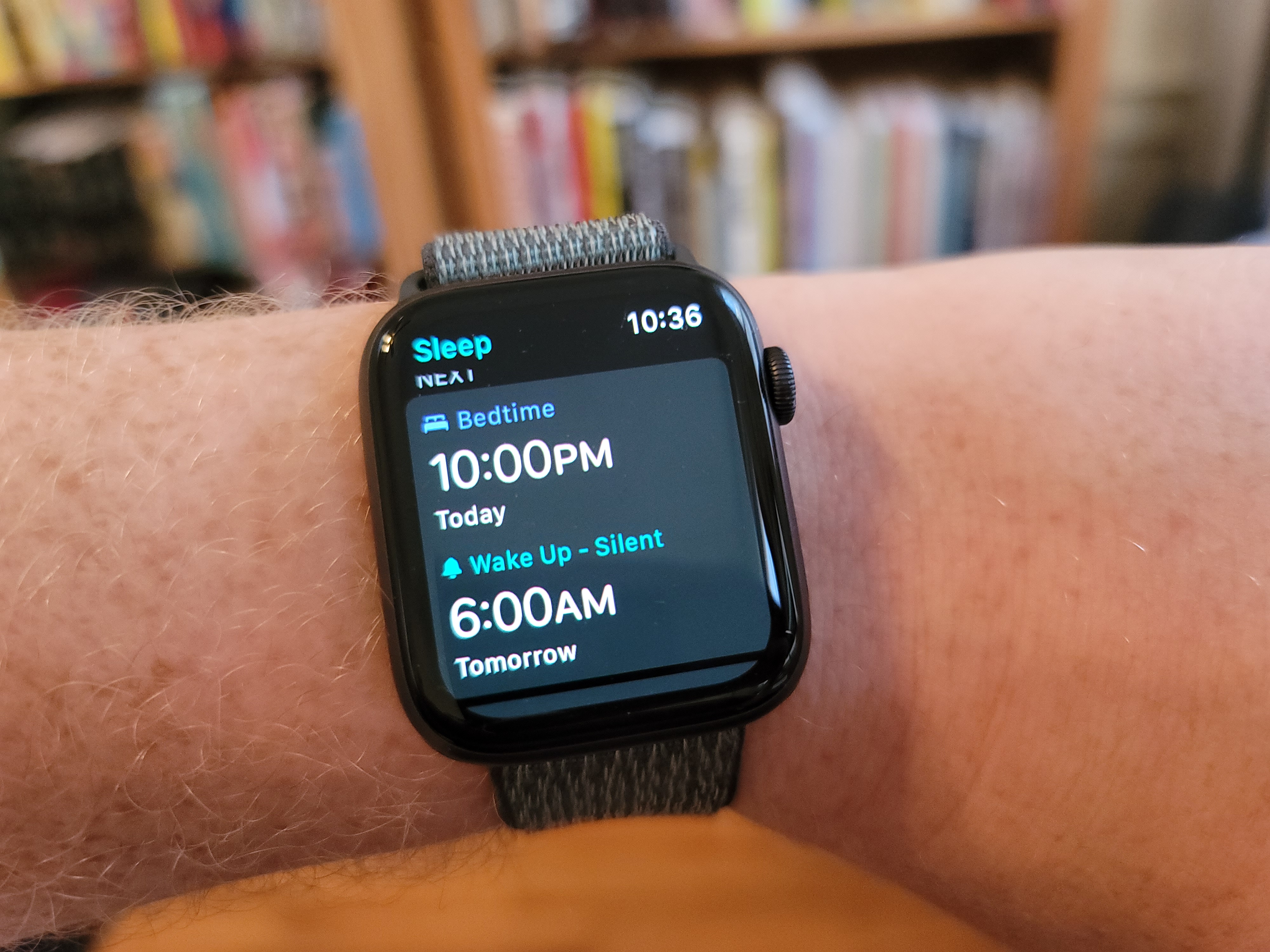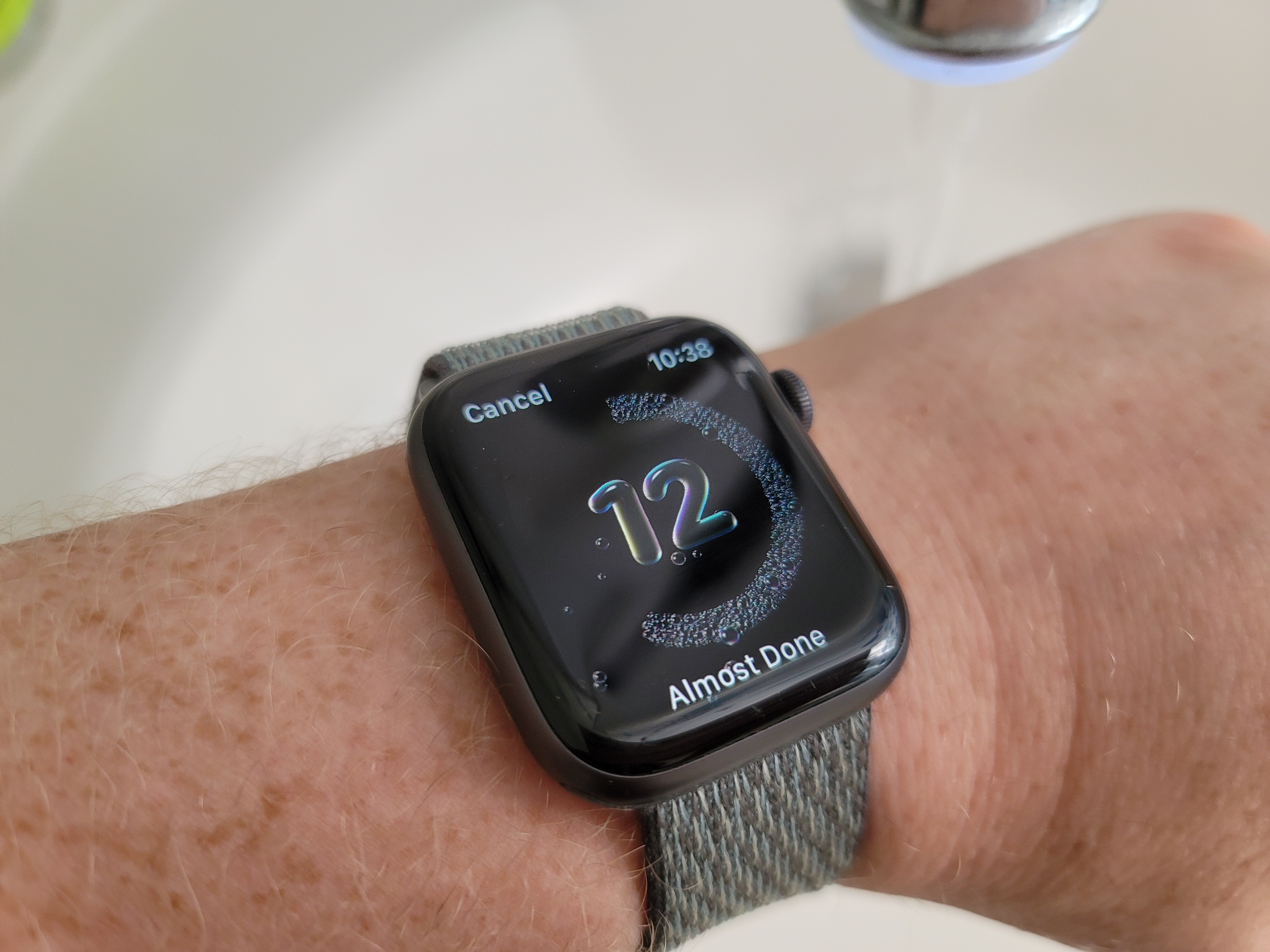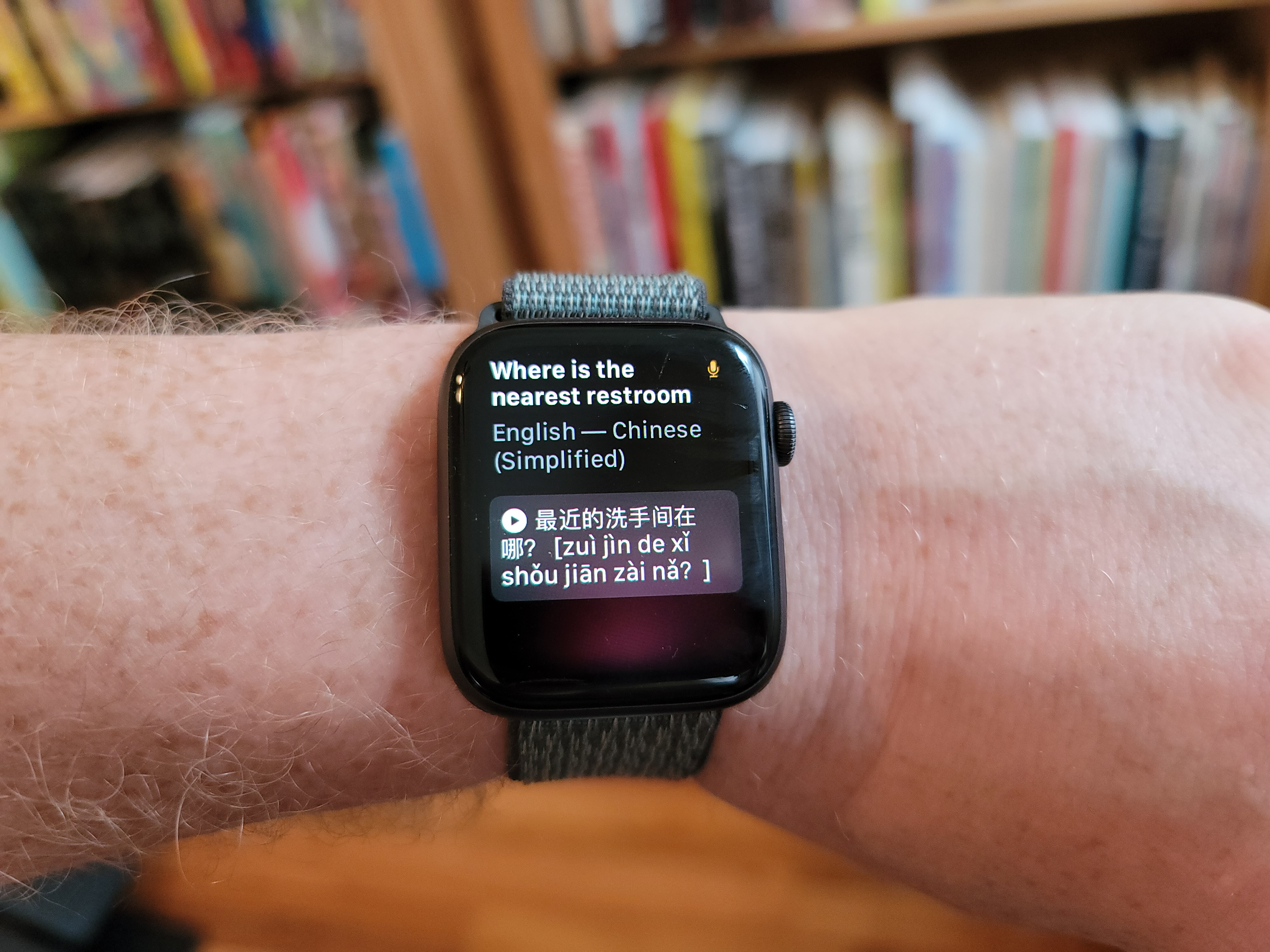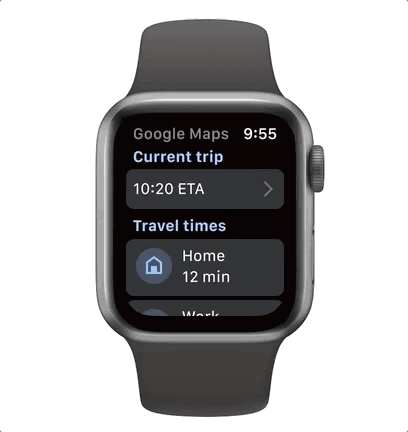The next few weeks are going to be critical for ByteDance-owned TikTok. The company is weeks away from a ban signed by President Trump, and while the company is expected to sue the U.S. federal government this week to block it, clearly the company’s future has at least storm clouds on the horizon.
That has led to massive speculation about who might purchase TikTok and save it from its precarious situation. The leading contender so far in media reporting has been Microsoft, with multiple press reports indicating that Microsoft CEO Satya Nadella has talked with President Trump about an outline of how a deal could be consummated. Trump has indicated he wants the buyer to pay some sort of tithe to the federal government, an argument that might even make sense for a suitor like Microsoft in the right circumstances.
Over the past week and weekend though, we are starting to get more and more names outside of Microsoft that are supposedly interested. We’ve heard Apple mentioned, and Twitter has been discussed heavily. SoftBank (which owns part of ByteDance in the Vision Fund) has been rumored to be a contender. Google was formerly in talks about potentially buying the app late last year, and presumably could stay in the mix. And private equity firms are also supposedly sniffing around the opportunity.
Here’s the deal though: All of this — outside of Microsoft’s potential deal — seems completely like smoke.
Apple has actively denied any interest in buying the company, which shouldn’t be surprising, as it makes no strategic sense whatsoever. Other supposed suitors have been more lukewarm with the typical PR blandishments that their companies “consider all strategic opportunities.”
What’s going on is that TikTok is an extremely valuable property, potentially worth tens of billions of dollars. But it is only worth that value if the company can find a number of deep-pocketed buyers who are willing to bid the price up. If Microsoft is the only suitor, then TikTok’s price may well be shockingly low.
So what do the investment bankers at the heart of the deal do? They run the deal around to every corporate development department in the country, and they leak the information to reporters to try to drum up FOMO in other departments, all in the hope that a board member somewhere starts asking, “Hey, why aren’t we taking a deep look at this?” Heck, I’m sure even Oracle is taking a look — they have data centers and “synergy” potential, and its CEO Safra Catz is a major Trump supporter as well, and could navigate the coming policy shenanigans.
Yet, the reality of the deal is the same: There just aren’t that many companies that can even consider an acquisition. Facebook is out on antitrust. Japan-headquartered SoftBank is out on foreign company concerns (the very reason why TikTok is in this position in the first place). Apple isn’t interested, and even companies like Twitter, popular and strategic as they are, don’t have the cash. Twitter is worth less than $30 billion in market cap today — can they really afford to spend, say, half the company on an acquisition? How much of a writedown would ByteDance have to take to make Twitter a logical fit?
Most of this smoke about interest is designed to push Microsoft to make a fair deal. It’s designed to encourage them to sweeten their offer, lest one of these other “suitors” potentially becomes interested. Yet, the timing of a deal (it needs to be done in a matter of weeks right now) and the scope of the price effectively precludes all but one buyer today.
So, beware bankers talking TikTok. We’re going to get a bunch of names of potential acquirers. Unless there is hard evidence of deep interest, I am going to remain skeptical of all the rumors.
from Apple – TechCrunch https://ift.tt/2XO66bt





